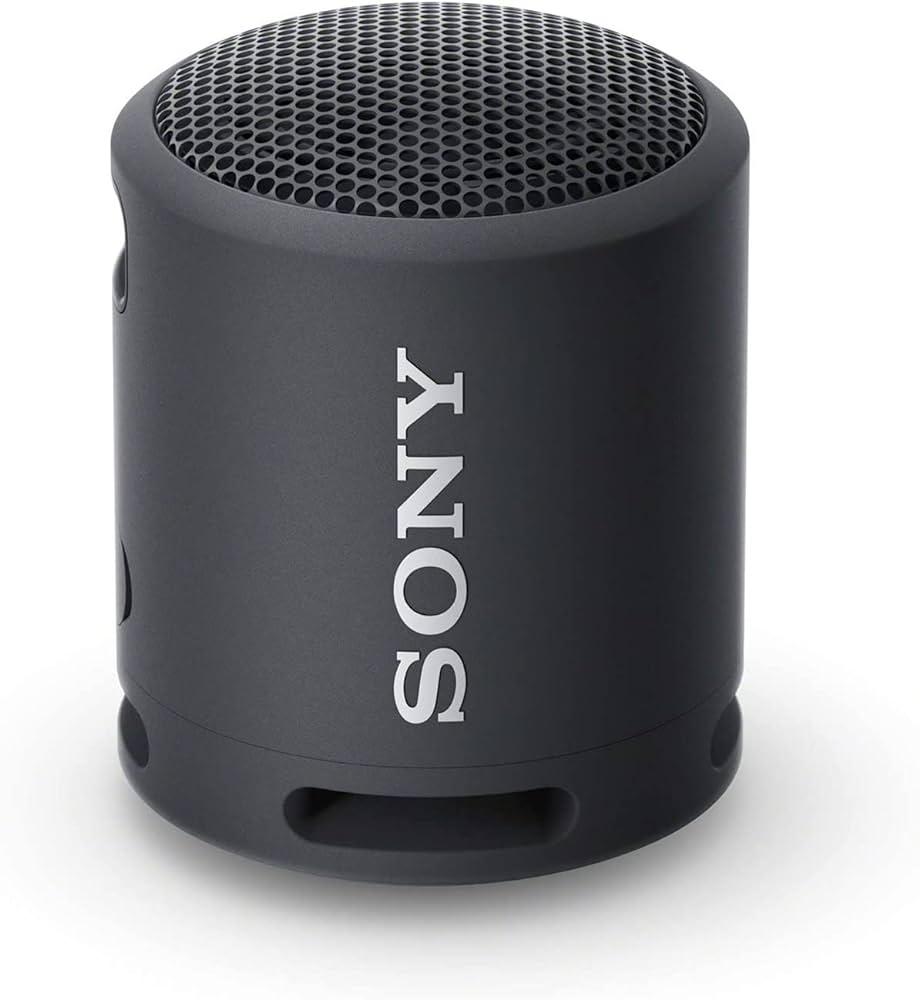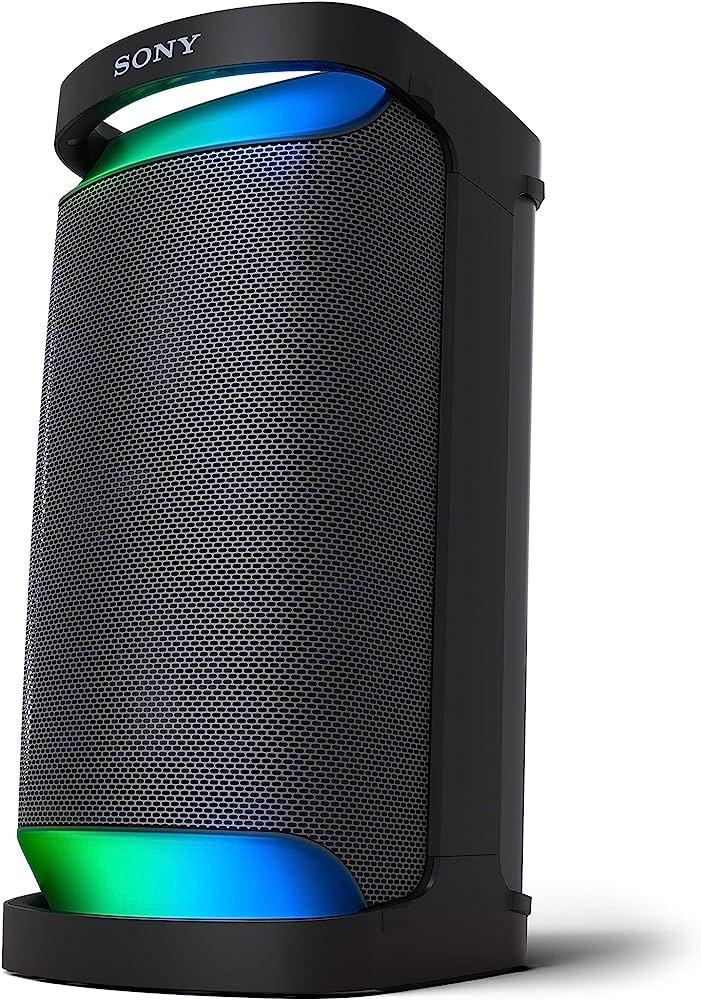In today’s digital age, the way we consume media has been revolutionized by streaming services, offering unprecedented access to a vast array of content across multiple devices. As the landscape of entertainment continues to evolve, the demand for platforms that provide seamless multi-device support has become increasingly important. This guide delves into the leading streaming service platforms, examining their capabilities to deliver consistent and high-quality viewing experiences across smartphones, tablets, smart TVs, and more. By analyzing the technological infrastructure and user experience strategies employed by these services, we aim to provide a comprehensive overview of how they cater to the modern, on-the-go consumer. Whether you’re a tech-savvy enthusiast or a casual viewer, understanding these platforms’ multi-device offerings is essential for optimizing your streaming experience.
Device Compatibility and Performance Analysis
When evaluating streaming services, one critical factor to consider is how well they perform across different devices. A robust platform should seamlessly support a variety of devices such as smart TVs, gaming consoles, smartphones, tablets, and desktop computers. Each device has its unique hardware and software specifications, which can significantly impact streaming quality and user experience.
- Smart TVs: Look for services that offer native apps for popular brands like Samsung, LG, and Sony. These apps often provide the best picture quality and least buffering.
- Gaming Consoles: Platforms that support consoles like PlayStation and Xbox can offer high-definition streaming with minimal lag, leveraging the powerful graphics capabilities.
- Mobile Devices: Ensure the service provides optimized apps for both iOS and Android, enabling smooth streaming even on lower bandwidth connections.
- Desktop Computers: Check for browser compatibility and whether the service offers desktop apps for a more integrated experience.
Performance analysis also involves assessing how well a service adapts to varying internet speeds and the availability of features like offline downloads and multi-user profiles. A service that excels in these areas is more likely to offer a consistent and satisfying viewing experience across all your devices.
Cross-Platform Synchronization Features
In today’s digital age, the ability to seamlessly switch between devices while maintaining a continuous streaming experience is a must-have feature for any platform. Leading streaming services have embraced cross-platform synchronization, ensuring that users can start watching a movie on their smart TV, continue on a tablet, and finish on a smartphone without losing their place. This synchronization isn’t just about convenience; it enhances user engagement by providing a fluid and uninterrupted experience.
Key synchronization features often include:
- Universal Watchlists: Maintain a single watchlist across all devices, allowing users to easily track their viewing history and planned content.
- Progress Tracking: Automatic updates on viewing progress ensure that playback resumes from the exact point, regardless of the device.
- Multi-Device Alerts: Notifications about new episodes or recommendations are synchronized across all platforms, keeping users informed in real-time.
These features exemplify how platforms are prioritizing user-centric design, adapting to the evolving habits of their audience. By offering a cohesive multi-device experience, streaming services not only retain user interest but also foster brand loyalty.

User Experience Across Different Devices
In today’s digital age, the versatility of streaming services is crucial for enhancing user engagement. Responsive design and seamless integration across various devices are essential features that determine the quality of user experience. From smartphones and tablets to smart TVs and desktops, each device presents unique challenges and opportunities for streaming platforms. These platforms must ensure that their interfaces are intuitive and adaptive, providing a consistent experience regardless of screen size or operating system.
- Smartphones & Tablets: Optimized for touch navigation with features like offline downloads and adaptive streaming quality to suit varying data speeds.
- Smart TVs: Prioritize high-definition content with user-friendly remote navigation and voice control integration.
- Desktops & Laptops: Offer advanced search capabilities and multitasking features, such as picture-in-picture mode, for enhanced productivity.
Understanding these device-specific nuances allows streaming platforms to craft a cohesive user journey. By investing in cross-platform compatibility, services not only retain subscribers but also attract a broader audience, leveraging the power of multi-device accessibility.

Recommendations for Optimal Multi-Device Streaming
To ensure a seamless streaming experience across multiple devices, consider these key recommendations. Firstly, assess the compatibility of the streaming platform with your devices. Most major platforms like Netflix, Hulu, and Disney+ offer wide-ranging support, but it’s wise to verify the compatibility list, especially if you’re using less common devices or operating systems.
- Bandwidth Management: Opt for a robust internet plan. Platforms often recommend speeds of at least 5 Mbps for HD and 25 Mbps for 4K streaming.
- User Profiles: Utilize user profiles if available. This feature personalizes content recommendations and prevents disruption in viewing habits across different users.
- Offline Viewing: Take advantage of offline download options. This is particularly useful for uninterrupted viewing on mobile devices without relying on constant connectivity.
regular updates to both the streaming apps and device software are crucial. These updates not only enhance security but also improve performance and add new features. By adhering to these guidelines, you can maximize your multi-device streaming experience with minimal disruptions.



